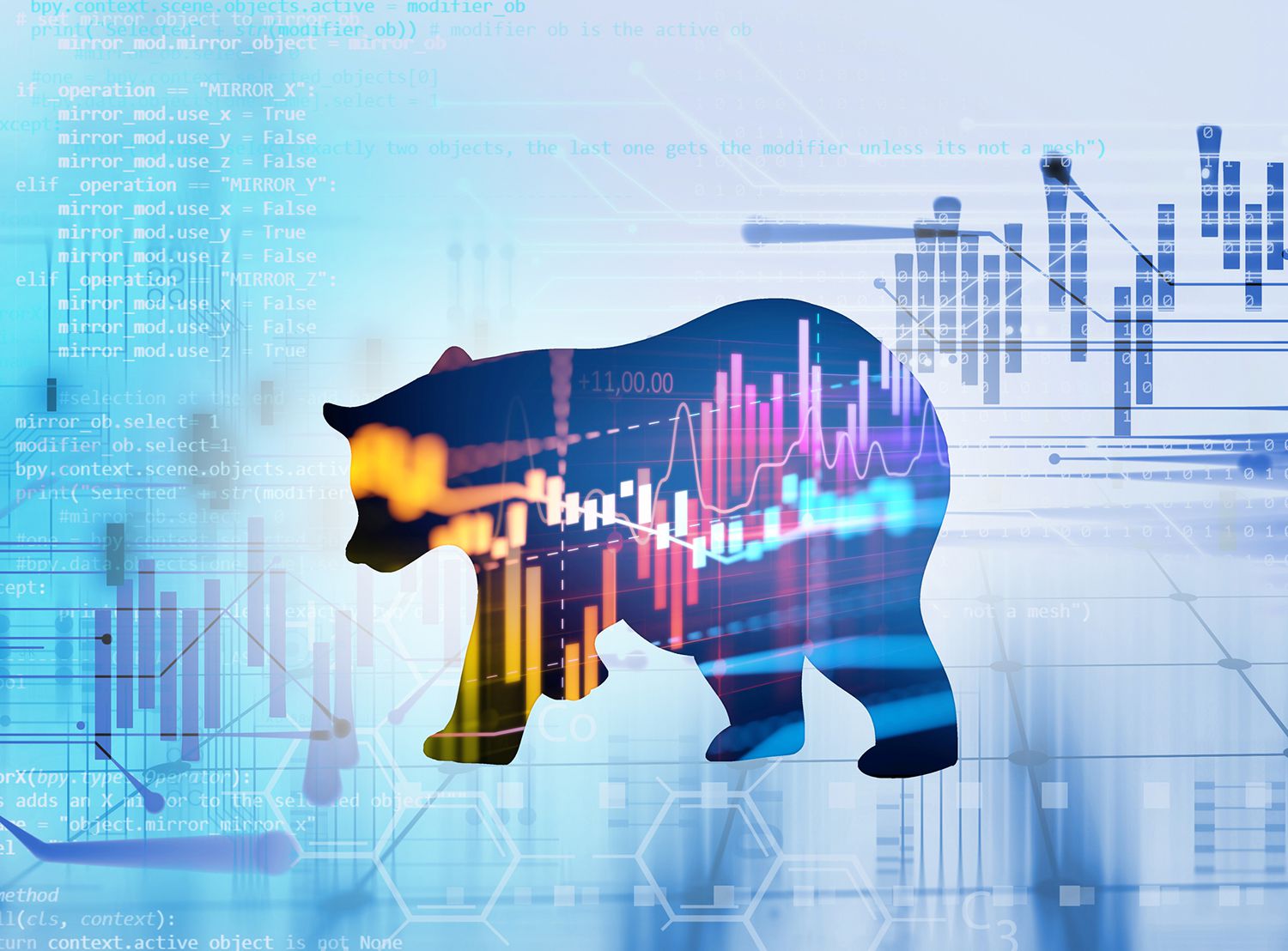Recognizing a bear market
The bear market is a dilemma where there is a massive decline of an asset value. It is a 20% or more decrease in the market index that lasts for at least two months. When an economic stop happens, enormous job cuts or recessions follow due to a halt in business growth. With that said, there is a bear market when the price declines 80% or more for a long time.
Some signs of a bear market are not easy to detect, but they exist. One is an economic bubble when a product’s price quickly skyrockets and doesn’t correspond to its intrinsic value. Another is when investors are too confident and optimistic that a product’s price will rise.
Bear market name history
It dates back to the early centuries people started using the term, and there is no exact origin. However, we can relate the term bear to the 18th century when hunters sell the bearskin before hunting — and they don’t have the bearskin yet! Here is an analogy: short-sellers sell stock shares even though they don’t own them yet. If these stock shares drop in price, they profit by buying that stock to close their position. Later on, in the 19th century, some artists sensationalized this idea of bears and bulls to describe markets. Harper’s Weekly published Thomas Nast’s cartoons that portray the slaughter of the bulls on Wall Street. A painting about the stock market is with bulls and bears that William Holbrook Beard made.
What causes a bear market?
Let’s scan through some common reasons why a market will turn into a bear market. Some of these reasons are losses of investors and consumer confidence. Consumer confidence is an indicator that measures consumers’ hope in their financial situation and the economy. Let’s say a consumer is optimistic that the economy and finances will do well in the future; there is a confidence to spend rather than save. If this hope goes down, demand and prices drop as well. What is the root of a confidence loss? It is when a stock drops down in one or two days. We call this occurrence a stock market crash. These little changes may seem too small to other people, but they may somehow evolve into something that can make an irreversible grave impact.
What is a bear market rally?
Let’s say the stock market showed positive revenues for some days or weeks, and many investors will think that a bull market has begun. However, this may be a trap if the stock market doesn’t continue to rise but declines instead. Bear markets are tricky since these upward movements can last up to months, but it will never be a bull market until it increases by 20%.
Bear market example
The worst bear market in US history as of May 23, 2020, is the great depression bear market where the Dow fell with a massive decline of 41.22 in 1932 from its peak of 381 in 1929. After the 1929 stock market crash, an “on margin” financial invention caused an economic bubble. Brokers lend money to people — putting only 10% to 20% down. What triggered the crash? A scandal that has shaken the British market where investors’ confidence declined did.




